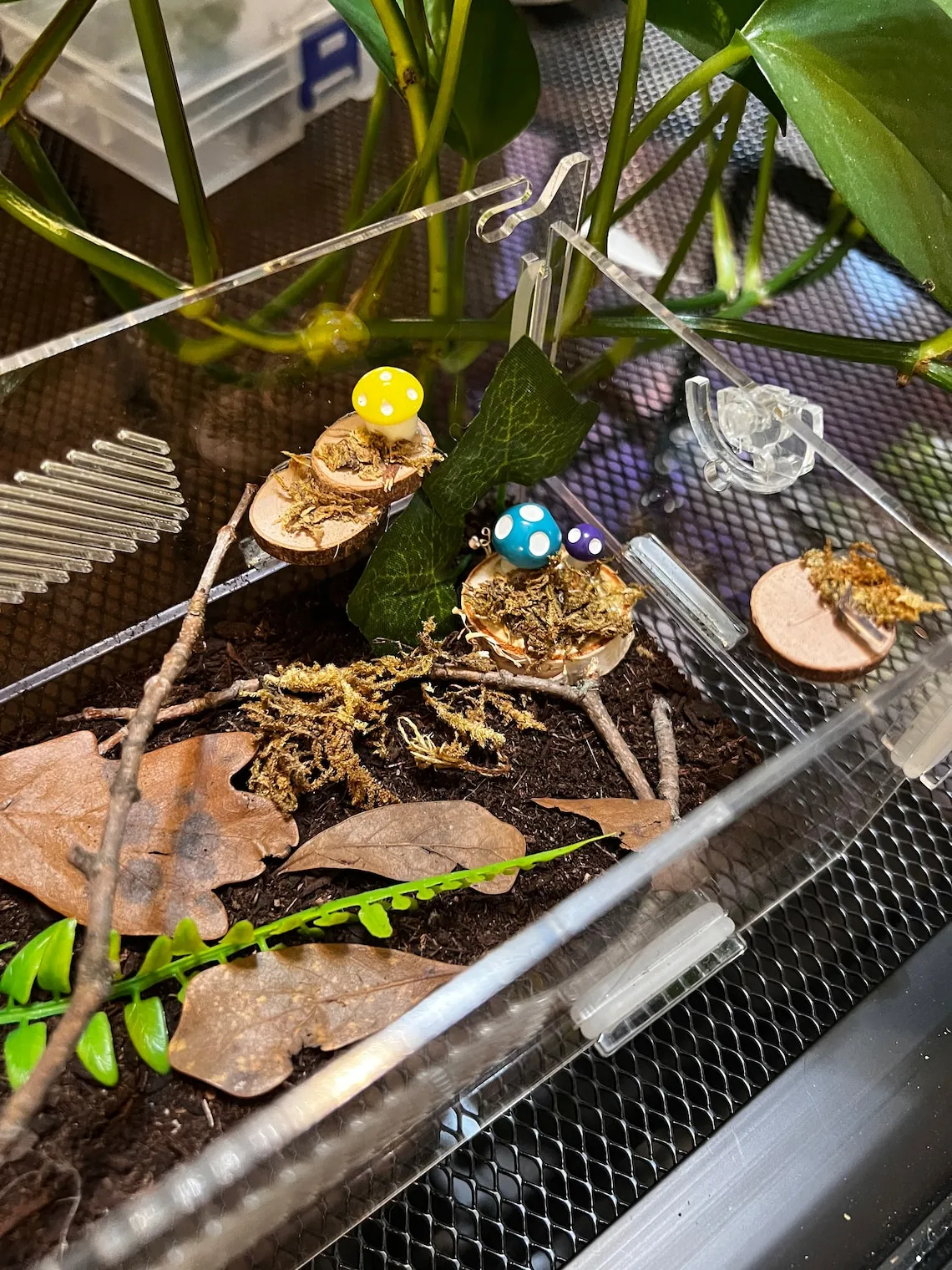What Are Soil Mites?
Soil mites, also known as oribatid mites, are tiny arthropods commonly found in the soil and decaying organic matter. They play a crucial role in the ecosystem by breaking down organic material, contributing to nutrient cycling. While they are often associated with outdoor environments, they can sometimes find their way into tarantula enclosures, causing concern for pet owners. Understanding their nature is the first step in managing them effectively. These mites are typically very small, often less than a millimeter in size, making them difficult to spot without close inspection. They thrive in humid environments, making tarantula enclosures a potential ideal habitat if conditions are not properly managed. Their presence is usually an indicator of underlying issues within the enclosure, such as excessive moisture or the presence of decaying food or substrate.
Appearance and Identification of Soil Mites
Identifying soil mites is essential for determining if they are the cause of a problem in your tarantula’s enclosure. They are typically oval or round in shape, with a range of colors from white to brown. Using a magnifying glass or a macro lens can help you to get a better view and see the mites more clearly. They often appear as small, moving dots on the substrate, glass, or even on the tarantula itself. Unlike other types of mites that can be parasitic, soil mites are usually harmless to tarantulas, and they feed on decaying matter, fungi, and other organic material within the enclosure. Being able to identify them correctly will help you to focus on the right steps for managing the infestation and maintaining a healthy environment for your pet tarantula. Their appearance can also vary slightly depending on the species and the conditions of their environment.
Where Do Soil Mites Come From?
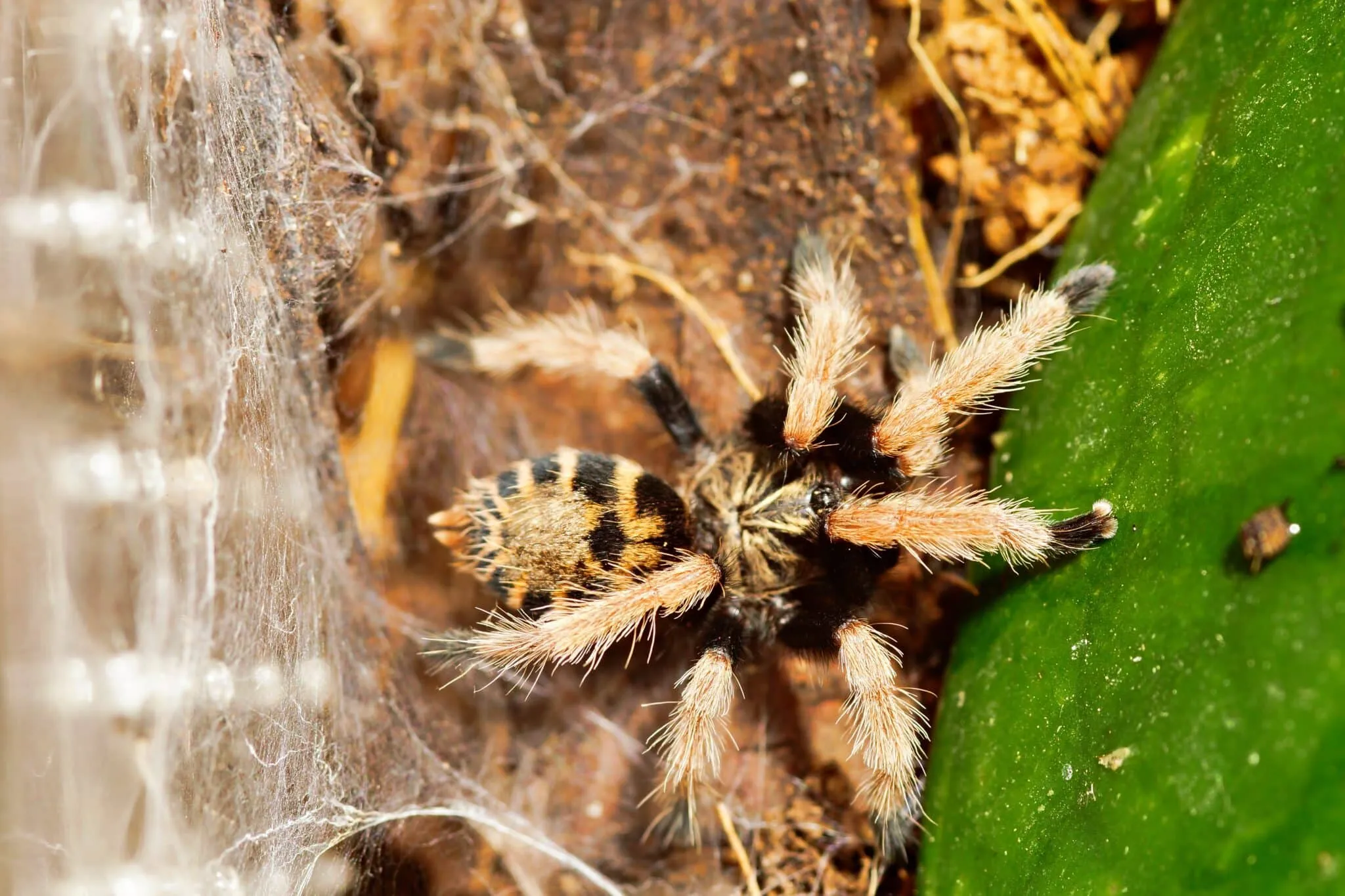
Soil mites can enter a tarantula enclosure through several routes. The most common source is the substrate itself, which may contain mites or their eggs if it’s not properly sterilized before use. They can also be introduced through live food, such as crickets or mealworms, which might carry the mites or their eggs. Another possibility is that the mites are carried in from the outside environment on plants, decorations, or even on the keeper’s hands or clothing. Once inside the enclosure, they can quickly multiply in the presence of suitable conditions, such as high humidity and a food source. It’s important to understand the source of the mites to prevent future infestations. Thoroughly inspecting any new additions to the enclosure, such as plants or decorations, and using pre-sterilized substrate can significantly reduce the risk of introduction.
Causes of Soil Mite Infestations in Tarantula Enclosures
Several factors can contribute to soil mite infestations in tarantula enclosures. Excess moisture is one of the primary causes, as soil mites thrive in humid environments. Overwatering the substrate or poor ventilation can create ideal conditions for their proliferation. Another factor is the presence of decaying organic matter, such as uneaten food, dead insects, or decaying substrate. These provide a food source for the mites and encourage their growth. Poor hygiene practices, such as infrequent cleaning of the enclosure, can also lead to infestations. Finally, introducing infested items, like substrate or decorations, without proper sterilization can introduce mites into the enclosure. Addressing these causes is crucial to preventing and managing soil mite problems. Regular maintenance and careful attention to the enclosure environment can greatly reduce the chances of an infestation.
The Role of Substrate
The substrate is a crucial element in tarantula enclosures, as it provides a place for the tarantula to burrow and a foundation to the enclosure’s environment. However, it can also play a key role in the presence of soil mites. The type of substrate used can affect the likelihood of an infestation. Substrates that retain moisture well, such as peat moss or coco fiber, can create favorable conditions for mites. The quality of the substrate is also important; substrate that is not properly sterilized or contains organic matter is more likely to harbor mites or their eggs. Proper substrate management, including the selection of appropriate materials, regular monitoring, and periodic replacement, is essential to prevent and control soil mite infestations. Using pre-sterilized substrate and avoiding overwatering can significantly reduce the risk.
5 Facts About Soil Mites in Tarantula Enclosures
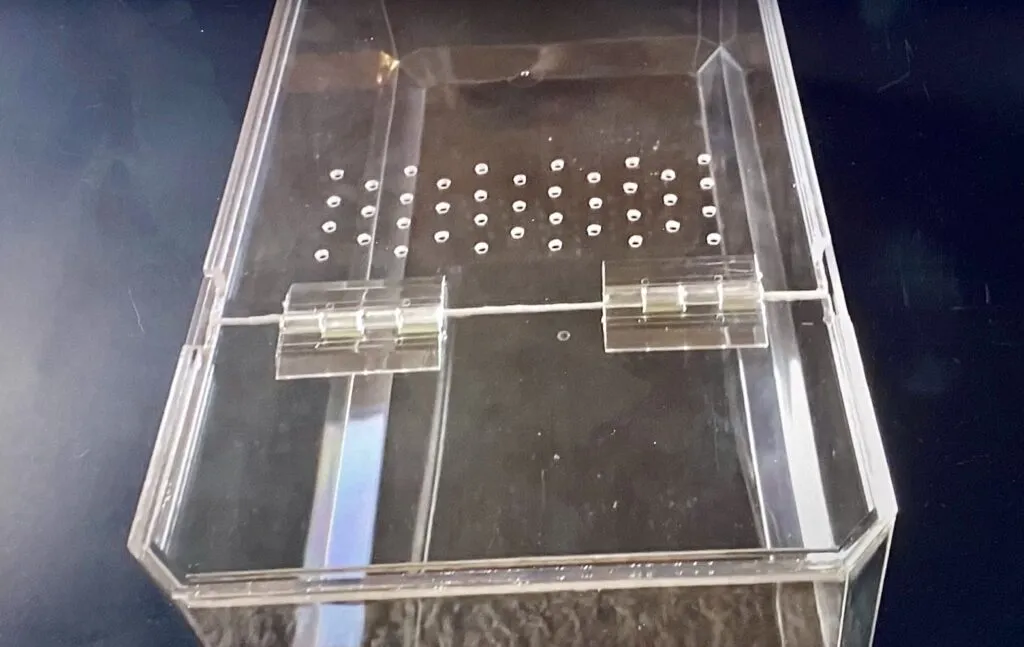
Fact 1 Soil Mites are Common
Soil mites are a frequent occurrence in tarantula enclosures, particularly those with high humidity and decaying organic matter. Their presence is not always a cause for alarm, as they often feed on decaying organic material, but their numbers can indicate underlying problems. They are often introduced through substrate, live food, or contaminated decorations. Regular monitoring and preventative measures can help keep their population under control and prevent them from becoming a nuisance.
Fact 2 Most Soil Mites are Harmless
In most cases, soil mites do not pose a direct threat to tarantulas. They primarily feed on decaying organic material, fungi, and other tiny organisms, and they don’t bite or suck the blood of their hosts. However, a large population of mites can be a sign of an unhealthy enclosure environment, which can potentially stress the tarantula. While soil mites themselves are not typically harmful, their presence may indicate conditions that could lead to other problems, such as the growth of harmful bacteria or mold.
Fact 3 They Indicate a Problem
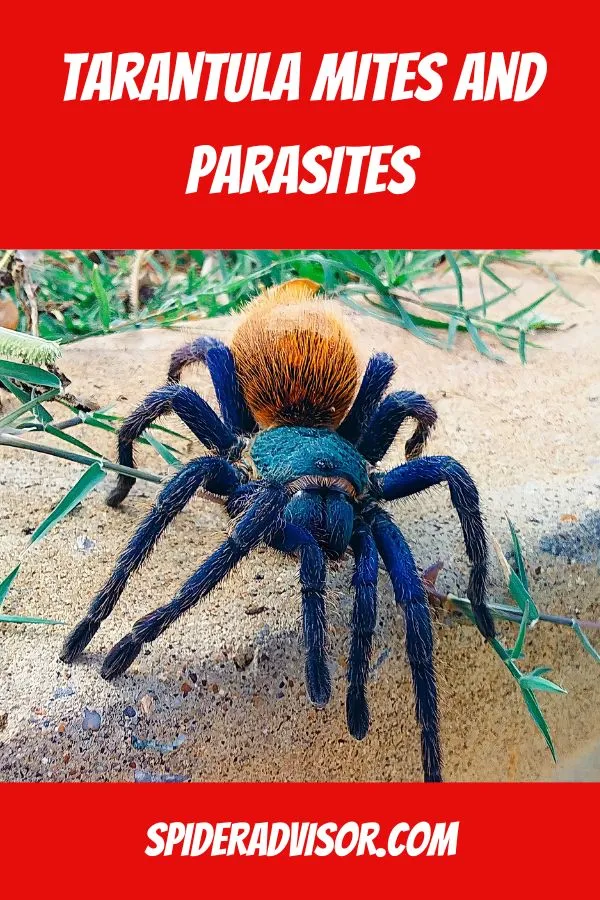
The presence of soil mites is often an indicator of an imbalance in the tarantula’s enclosure. High humidity, excessive moisture, decaying food, or poor ventilation can create favorable conditions for mites to thrive. Recognizing the underlying causes and addressing them is essential to manage the infestation and maintain a healthy environment for the tarantula. Their presence should prompt a review of the enclosure’s conditions and hygiene practices to ensure the tarantula’s well-being.
Fact 4 Soil Mites and Tarantula Health
While soil mites are usually not directly harmful to tarantulas, a large infestation can indirectly affect their health. High mite populations can stress the tarantula, leading to decreased appetite or behavioral changes. Moreover, the conditions that favor mites, such as high humidity, can also promote the growth of mold or bacteria, which can be dangerous to the tarantula. Regular monitoring and preventative measures are important to mitigate any potential health risks. Maintain the enclosure in a way to support a healthy environment for the tarantula.
Fact 5 Prevention is Key
Preventing soil mite infestations is more effective than trying to eliminate them once they’ve established themselves. Proper substrate management, good hygiene, and regular cleaning are essential preventative measures. Using pre-sterilized substrate, removing uneaten food promptly, and providing adequate ventilation can significantly reduce the risk. Regular enclosure checks will also help in early detection of mites, making it easier to manage and prevent a major infestation. Implementing a proactive approach will ensure a healthy and balanced environment for your tarantula.
How to Control and Eliminate Soil Mites
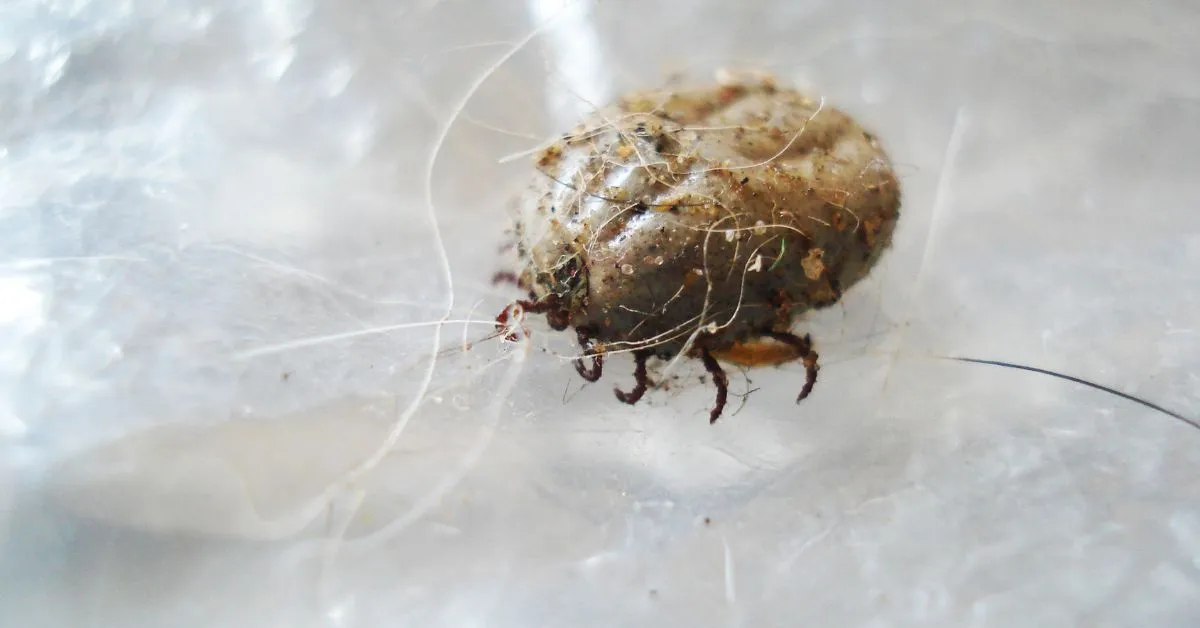
Controlling and eliminating soil mites involves a combination of several strategies. The first step is to identify and eliminate the causes of the infestation, such as excess moisture and decaying organic matter. Improving ventilation and reducing humidity can also help. Cleaning the enclosure thoroughly, removing any uneaten food, and replacing the substrate are essential steps. In some cases, spot cleaning, such as using a vacuum cleaner or a damp cloth, can remove visible mites. Avoid using pesticides or other chemical treatments, as they can harm the tarantula. Implement integrated strategies, such as controlling humidity levels, practicing good hygiene, and regularly monitoring the enclosure.
Improving Enclosure Hygiene
Maintaining excellent hygiene is critical for controlling soil mites and ensuring your tarantula’s well-being. Regularly clean the enclosure, removing any uneaten food, fecal matter, and shed exoskeletons. Replace the substrate periodically, especially if it shows signs of degradation or excessive moisture. Spot clean as needed, using a damp cloth or a vacuum cleaner to remove any visible mites or debris. Ensure that the enclosure has proper ventilation to prevent humidity buildup. Regular cleaning and maintenance will help keep the environment clean and healthy, reducing the risk of mite infestations and creating a more pleasant living space for your pet.
Substrate Management
Proper substrate management is a key factor in preventing and controlling soil mites. Use a substrate that is appropriate for the tarantula’s species and that does not retain excessive moisture. Replace the substrate periodically, typically every few months or sooner if it becomes overly wet or contaminated. When replacing the substrate, thoroughly clean and disinfect the enclosure. Avoid overwatering the substrate and monitor humidity levels to prevent conditions that favor mite infestations. Pre-sterilizing substrate can also help to eliminate any existing mites or their eggs. Implementing good substrate management practices is an important step in creating a healthy environment for your tarantula.
Monitoring and Prevention Strategies

Regular monitoring and proactive prevention are essential for keeping soil mites under control. Inspect the enclosure regularly for signs of mites, such as small moving dots on the substrate or glass. Monitor humidity levels and adjust ventilation as needed to prevent excessive moisture. Practice good hygiene by removing uneaten food and fecal matter promptly. Use pre-sterilized substrate and inspect any new decorations or items before introducing them into the enclosure. If you notice an increase in the mite population, adjust your management practices accordingly. A proactive approach to monitoring and prevention will help you maintain a healthy environment for your tarantula and reduce the risk of soil mite infestations.
Conclusion
Soil mites in tarantula enclosures are a common occurrence, and while they are usually harmless to tarantulas, their presence can indicate underlying problems. By understanding what soil mites are, how they enter enclosures, and the conditions that favor their growth, keepers can implement effective prevention and control strategies. Proper substrate management, good hygiene, and regular monitoring are essential to maintaining a healthy and balanced environment for your tarantula. A proactive approach to enclosure care will not only reduce the risk of mite infestations but also contribute to the overall well-being of your pet. By following the guidelines and tips outlined in this article, you can create a thriving habitat for your tarantula.
